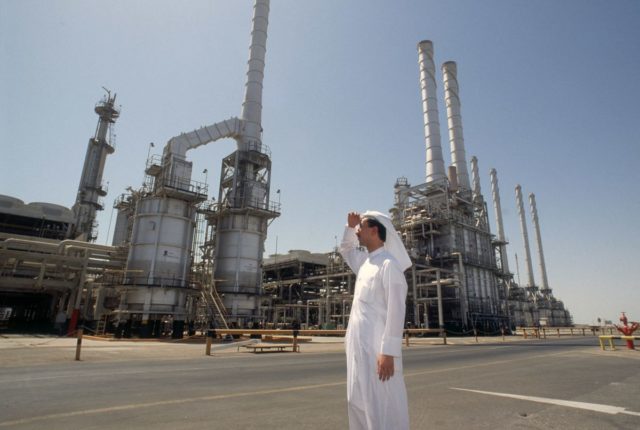In life, the same people can be friends, then enemies, then friends again. The same is true of countries. In the case of energy policy, that argues for American self-sufficiency as much as possible to minimize the bad times.
Former President Donald Trump took care of that. The choices of the Biden administration, however, have led to increased reliance on countries with which our relations are changeable at best.
In December 2016, historic adversaries Russia and Saudi Arabia/OPEC made a deal to balance output and stabilize price at an agreed-upon level — then at about $60/bbl. As expected, everybody cheated a little bit, but by the end of 2017, stability emerged. Saudi King Salmon paid his first ever state visit to Russia, where Russian President Vladimir Putin talked about major investments in the kingdom.
However, with the advent of the pandemic, Saudi Arabia called an emergency meeting of OPEC and Russia, planning to cut production to keep the price stable as world economies faltered. But Russia, with a very large budgetary reserve, decided to keep pumping and let prices fall, hoping to topple the relatively new American fracking industry.
At the same time, the Saudi government changed its mind and INCREASED production to FURTHER sink prices, hoping to damage the Russian economy more than Putin was prepared to tolerate.
For Americans, Saudi-Russian energy war was a pleasant shock. Gasoline, which had averaged $2.60/gal in 2019 dropped further, and President Trump used the occasion to fill the U.S. Strategic Petroleum Reserve with oil that was basically without cost.
President Joe Biden’s first executive order in 2021 was to close the Keystone XL pipeline, designed to bring more than 800,000 bbl. of oil from Canadian shale to the United States, and to limit fracking. At the same time, Iran was ramping up production as Biden issued waivers to countries purchasing Iranian oil in violation of U.S. sanctions from the Trump administration.
China was the chief beneficiary of the waivers on Iranian oil in 2021. China is also buying Russian oil at a discount because of Western sanctions. It is also buying American oil released from the Strategic Petroleum Reserve under Biden’s executive order.
As the war in Ukraine progressed, the EU, the U.S., Canada and the UK agreed to stop buying most of Russia’s oil, but Russia continues to sell to India and Saudi Arabia, among others.
Wait. The U.S. was buying Russian oil, too? Saudi Arabia buys Russian oil? Weren’t they having an energy war at the beginning of this piece?
Yes.
The U.S. imports oil from Russia to the West Coast because American regulations make it difficult to get oil from the Gulf of Mexico to California and shipping it from Russia was simpler. Data from the U.S. government shows that American oil imports from Russia rose 28% in the first 11 months of 2021.
While amounting to only about 8% of total U.S. oil imports in 2021, it was double the amount of the previous year and in March of 2022, totaled about 500,000 bbl/day.
In a June 2022 report, the nonprofit Centre for Research on Energy and Clean Air in Helsinki noted that the exact amount entering the U.S. now is unknown, but that tankers have been coming to the U.S. from India since the war began, likely including Russian crude (purchased at a discount), and “more are on the way.”
After strong statements in March 2022, the EU adopted a package of sanctions in June including a partial embargo on Russian oil. The sanctions will ban seaborne imports of Russian crude oil in December 2022 (though not through pipelines) and petroleum product imports in February 2023.
And Saudi Arabia? According to a Reuters report, the desert kingdom more than doubled the amount of Russian fuel oil it imported in the second quarter — at a discount — to feed power stations to meet summer cooling demand and free up the kingdom’s own crude for export.
In 2019, oil was averaging $67/barrel, stifling the Russian economy; American production met 97% of domestic energy needs; and Iran had only about $10 billion in foreign currency reserves. Today, oil is averaging $122/barrel; the Russians are making more money selling less oil; The EU is looking for a deal that will keep Russian natural gas flowing during the coming winter; the US is begging the Saudis to pump more; and Iran’s foreign currency reserves are estimated at $131 billion.
The choice for the Biden administration is clear — stop. Then take a page from President Trump and restore America’s domestic capability as quickly as possible.






